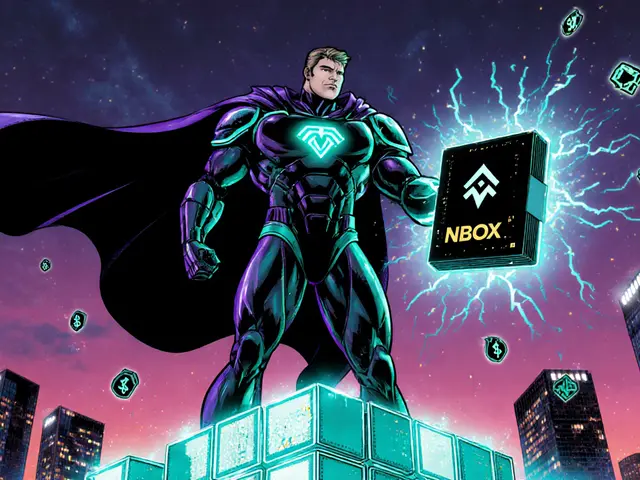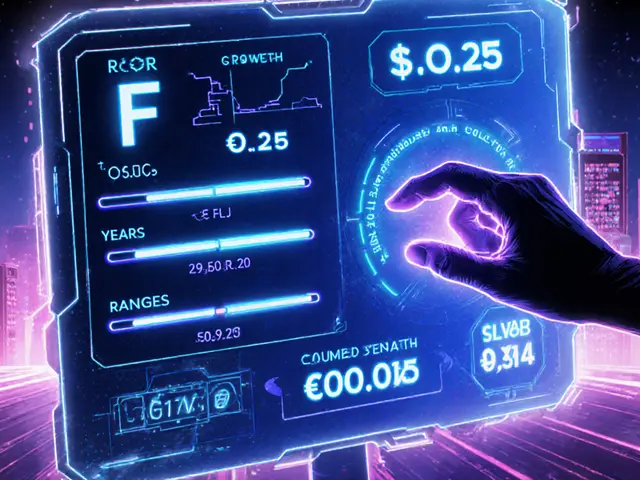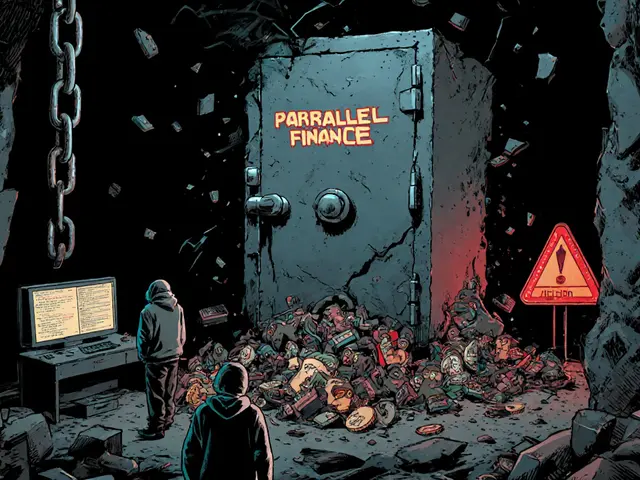DeFi Liquidity: Understanding, Tools, and Strategies
When talking about DeFi liquidity, DeFi liquidity the amount of easily tradable crypto assets sitting in decentralized finance protocols. Also known as Liquidity in DeFi, it powers swaps, loans, and yield opportunities across the ecosystem. Right next to it, Liquidity pools smart contracts that lock pairs of tokens so traders can exchange them instantly act as the backbone, while Decentralized exchanges platforms that let users trade directly from their wallets without a central order book provide the marketplace where that liquidity gets used.
Think of a liquidity pool as a shared bathtub; the more water (tokens) you pour in, the easier it is for someone else to take a shower (trade) without splashing. That bathtub is kept level by an Automated market maker algorithm that adjusts token prices based on pool composition. The AMM requires a steady flow of assets, so providers earn a slice of each trade as a reward. Those rewards can be reinvested in Yield farming the practice of moving crypto assets across pools to capture the highest returns. In short, DeFi liquidity encompasses liquidity pools, while liquidity pools rely on AMMs, and yield farming influences how much liquidity stays in the system.
Key Concepts and Practical Tools
Getting started doesn’t mean you have to be a developer. Most users interact through a wallet‑connected UI on a DEX like Uniswap or PancakeSwap, where the pool’s health is displayed as TVL (total value locked). A healthy TVL signals that the pool can handle big trades without price slippage. If you’re curious about risk, check the pool’s impermanent loss metric – it shows how much you might lose compared to simply holding the tokens. For those who want to earn extra, many protocols offer liquidity mining bonuses in their native tokens, turning your pool share into a dual‑reward system.
Beyond the basics, advanced traders watch how new token launches affect pool dynamics. A fresh token can attract a flood of capital, boosting liquidity but also increasing volatility. Watching the AMM’s fee tier (e.g., 0.3% vs 1%) helps you choose pools that match your risk appetite. Some platforms even let you set custom price ranges in concentrated liquidity models, letting you allocate capital where you think the price will hover. All these options tie back to the core idea: more thoughtful liquidity provision leads to better price stability across the DeFi market.
Below you’ll find a collection of articles that dive deeper into each of these pieces. From detailed tokenomics breakdowns to exchange reviews and airdrop guides, the posts give you the data and tactics you need to navigate the ever‑shifting world of DeFi liquidity. Keep reading to discover how to assess pool health, compare DEX fees, and spot the next high‑yield farming opportunity.
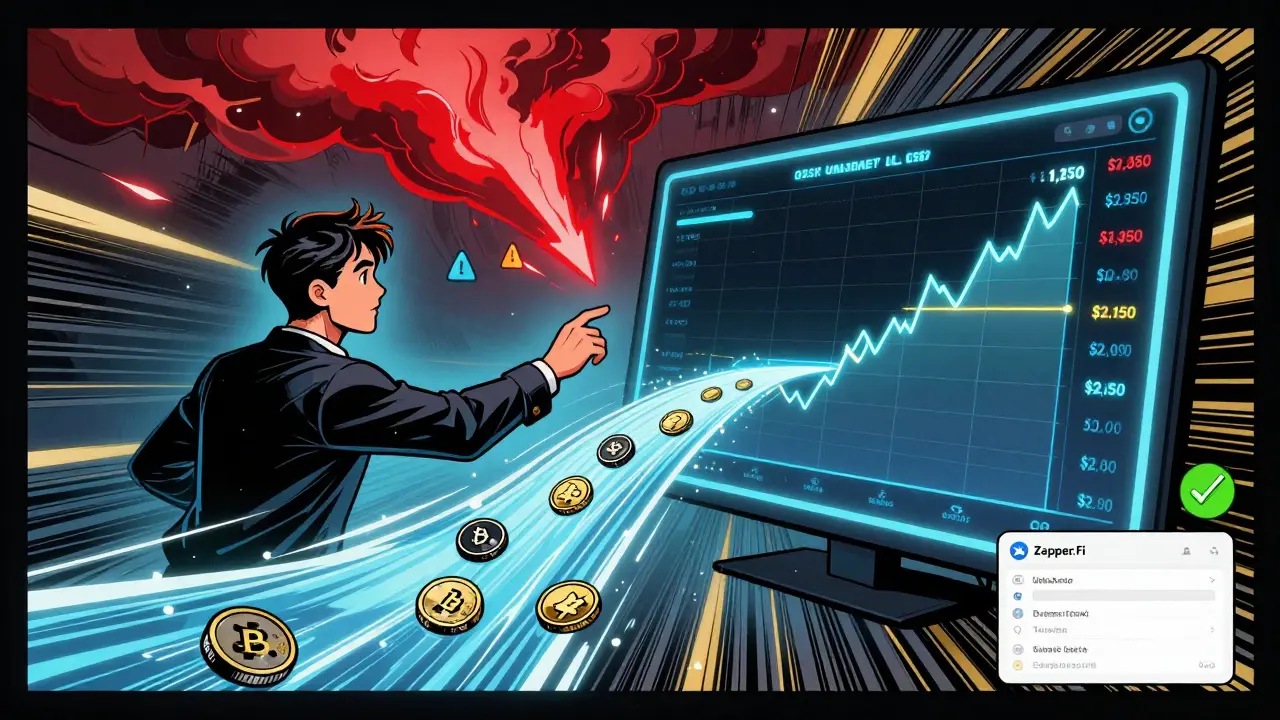
Learn how to manage liquidity pool positions in DeFi to maximize returns and avoid impermanent loss. Discover strategies for Uniswap V3, stablecoin pools, gas optimization, and security in 2025.
Continue Reading
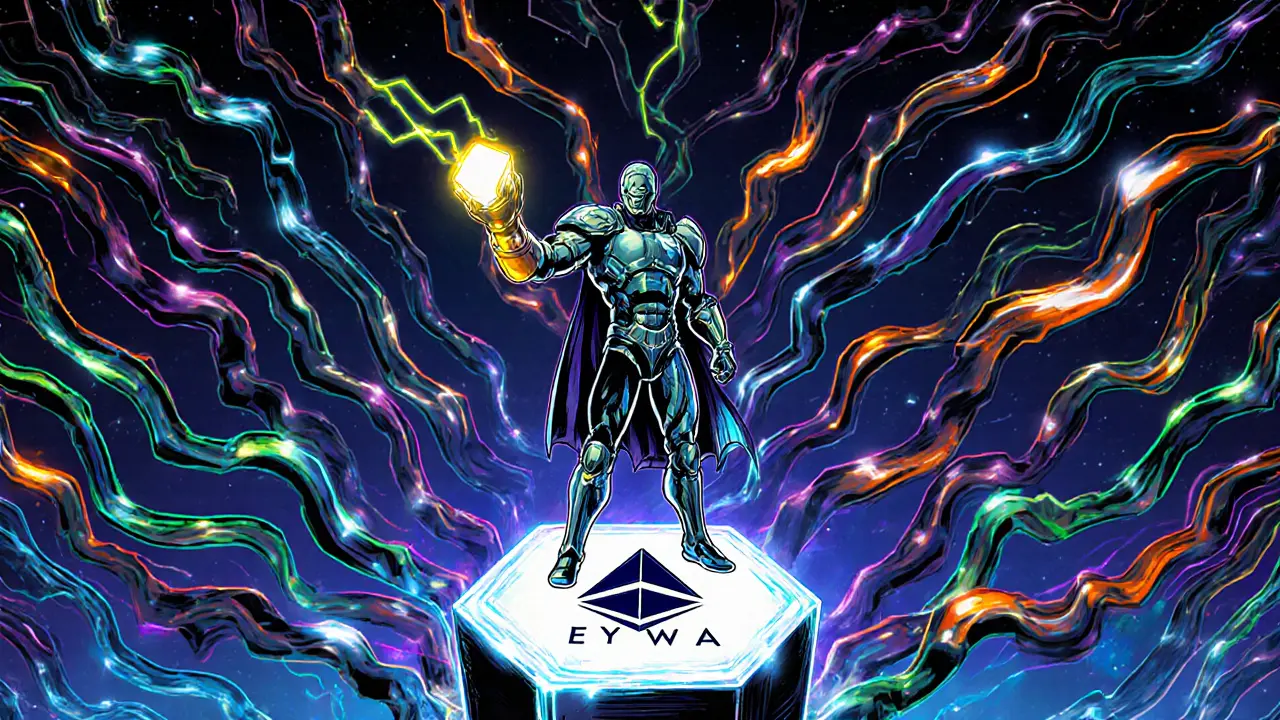
Discover what EYWA (EYWA) crypto coin is, how its cross‑chain bridge and Curve integration work, tokenomics, risks, and how to start using it.
Continue Reading


